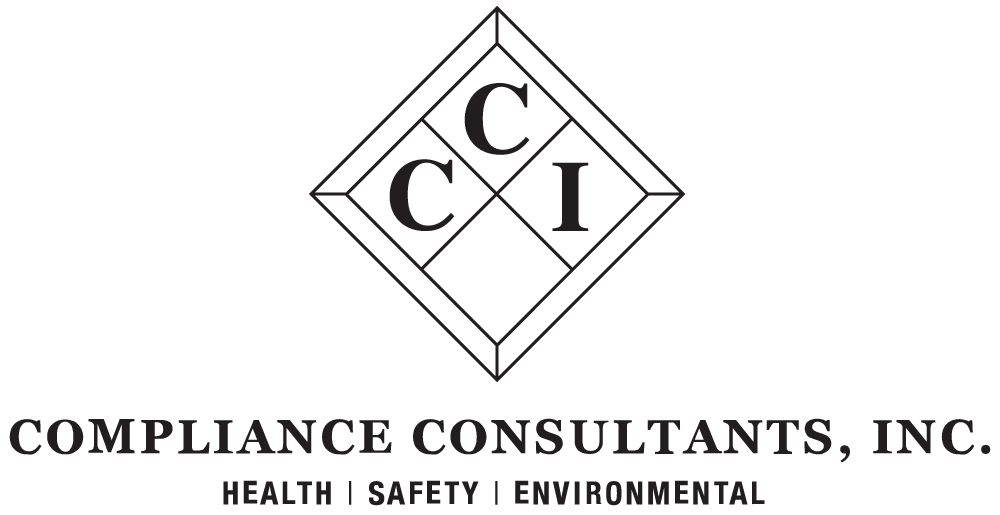2021 Construction Industry Overview
2022 Construction Industry Market Overview
The construction outlook for 2022 is looking positive, but the industry will face challenges, says Anirban Basu, chief economist for Associated Builders and Contractors (ABEC) and CEO of consulting firm Sage Policy Group.
IN Dec. 2021, professional services and consulting firm PwC released a report on the 2022 outlook for engineering and construction deals. They determined that the industry is well-positioned for the coming year, despite supply chain disruptions, high material costs and labor shortages. The report also projects that the Infrastructure Investment and Jobs Act will boost even more in nonresidential construction and increase activities in mergers and acquisitions. According to Basu, it will pay off to be a bigger firm in order to take advantages of increased financial leverage and economies of scale, and to be able to bid on larger-scale projects expected to be coming under the Biden administration.
Overall, the industry contracted 2.9%* in 2020 given the headwinds it faced, not just from COVID-19 challenges but from a variety of economic shifts. In 2021, however, there are some bright spots that are expected to result in an industry growth rate of 4.5%.* While challenges remain, this year looks to provide growth opportunity across a number of construction industry sectors.
Industry Trends and Leading Indicators
Across the industry, there are several leading indicators and trends that will affect growth in construction. While some areas are being hard hit by the economic downturn, like hospitality, other sectors are expecting a rise in industrial activity, such as warehouse space and potentially infrastructure. Changes in how people shop due to the pandemic have driven the need for e-commerce companies, such as Amazon, to locate and build distribution centers.
Continually a high priority will be safety and compliance. More than ever, safety, and maintaining a safe and healthy work environment is a main concern. It is expected that safety and OSHA compliance will remain a priority into 2021. Already, President Biden has enacted an Executive Order on January 21, 2021, that leads the way for COVID-19 protection and prevention requirements in the workplace.
Other key trends are also in the mix. Here are the top factors that will influence the industry in the new year:
Subcontractors Will Be Challenged
The coming months and beyond could be particularly hard on subcontractors, and the contractors who will need them once projects pick up again. The broad downturn overall has impacted construction subcontractors across the industry. To add to the contraction, many organizations are choosing to “insource” a number of functions that they would have otherwise subcontracted out to vendors. It is expected however, that as the market picks up so will the activity in the subcontractor/vendor sector.
Safety Remains Paramount
As mentioned previously, the new administration is taking OSHA compliance and workplace safety seriously and imparting increased vigilance in the workplace to keep workers safe. Additionally, workplace compliance and reporting remain a priority and focus as we move into 2021.
The Biden administration’s executive order, signed on January 21, 2021, on “Protecting Worker Health and Safety” seeks to reorient worker safety guidelines and enforcement at the Labor Department’s workplace safety division — the Occupational Safety and Health Administration (OSHA). The order asks OSHA to consider Emergency Temporary Standards (ETS) which, if deemed necessary, would need to be in place by March 15, 2021.
A federally issued ETS would mean employers in all states will have to implement protection and prevention measures including conducting risk assessments, implementing a prevention plan, identifying testing measures, instituting employee pay and leave, recordkeeping and reporting requirements and more.
Planning for the Coming Staffing Surge
With subcontractors experiencing a contraction, construction contractors will also be challenged to hire enough in-house workers. It is expected that when pent-up demand of mothballed projects are brought back on-line once the pandemic is brought under control, hiring will bounce back. But the need for qualified and experienced workers will be a challenge.
Infrastructure is a Bright Spot
On the bright side, there should be some increased focus on infrastructure and building projects on the horizon. This is especially true with the Biden administration’s potential push toward a greater focus on infrastructure. Biden’s “Build Back Better” initiative, is envisioned as a broad spending program that could benefit construction contractors on multiple fronts.
Highlighted by the disruptions in the supply chain at the beginning of the pandemic, many organizations are looking toward manufacturing, distribution, and warehousing centers in key regions to better meet consumer demand. Additionally, the explosion in e-commerce has also facilitated the need to build facilities in key markets.
Renewed Focus on the Environment
Again, it is expected that with the new administration there will be renewed interest in keeping environmental initiatives front and center. That opportunity for construction contractors illustrates the widening awareness of a broader range of companies focusing on the environment. Whether these initiatives take the form of solar, renewables, green building protocols, retrofitting existing buildings, remains to be seen. However, a broad focus on environmentally friendly building looks promising for the construction industry. Construction companies that have capabilities to support green building standards and sustainable efforts by their clients are going to be positioned to thrive.
Let Compliance Consultants, Inc. help you navigate the changing business landscape in 2021. We will help you maintain a safe and compliant work environment.
Other Related Resources *
https://constructionexec.com/article/2021-construction-economic-forecast
https://www.construction.com/news/dodge-data-analytics-expects-construction-starts-recover-2021



